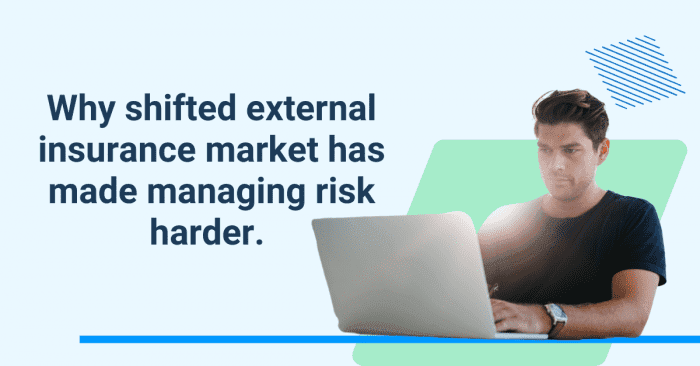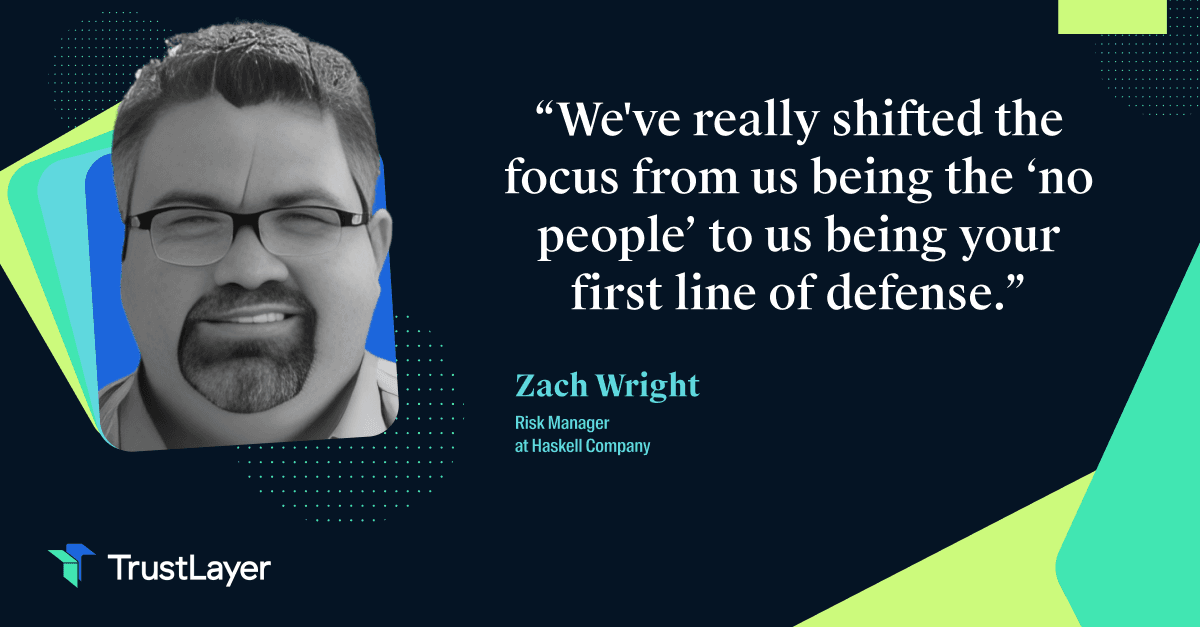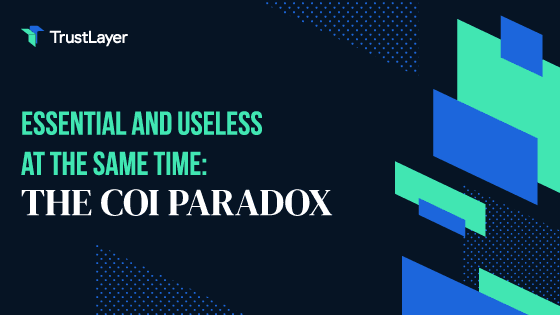2020 was a year that will go down in the history books. A global pandemic, supply chain disruptions, and civil unrest, probably kept your risk management team on their toes. The intersection of these events revealed systemic issues, which, in turn, impacted business’ operations and insurance premiums.
The Changing Landscape of Insurance Coverage - External
Insurers had to respond quickly to last year’s events, handling claims, addressing client questions about everything from “Acts of God” and coverage, to business interruption insurance. Both claims and premiums had already been steadily increasing prior to the pandemic, but the pandemic only exacerbated the trend.
Premiums have been increasing in the following coverage areas:
- Cybersecurity - the pandemic accelerated the digital transformation as many organizations shifted to an online-only model almost overnight. A study from Aon PLC found that there has been a 486% increase in ransomware attacks in the last two years. Many businesses can expect to see increases of 20% to 50% in cybersecurity insurance rates this year.
- Medical liability - COVID hit healthcare facilities hard in more ways than one. While medical liability premiums had been increasing in a predictable range of 12% to 17% per year pre-COVID, a 2021 report by the American Medical Association showed the highest rates of premium increases in 15 years.
- Professional liability - A survey of professional liability insurers found that nearly all of them plan on raising rates on the A/E (architects and engineers) market, due in part to a deteriorating claims experience.
- Global commercial insurance - Rates increased 15% in the third quarter of 2021, the sixteenth consecutive quarter of increases. Global commercial insurance policies cover property damage, cyber or data breaches, and bodily injury, all of which saw losses in 2020.
The external insurance market has shifted exponentially in the past two years, which has led to internal shifts.
The Changing Landscape of Insurance Coverage - Internal
Previously, managing insurance risk simply involved looking at the previous year’s losses - from lawsuits, claims filed, and fines - and using those numbers to estimate next year’s losses. But with the changing insurance market, the combination of increased premiums and lower coverage levels has made managing risk harder.
If rising premiums have led to changes in coverage levels, and risks have grown harder to predict, companies must look to other methods of minimizing and covering risk. Third-party insurance verification is one area where many companies could both improve and increase risk coverage.
The Changing Landscape of insurance Coverage - Third-Party Insurance Verification
Depending on the size of your third-party network - partners, vendors, franchisees, and contractors, you could have more or less risk coverage than you realize. If you don’t yet have a program in place to collect and review certificates of insurance (COI’s), now is the time to investigate digital solutions to strengthen this part of your risk management program.
When companies review third parties insurance COIs, they can check for adequate coverage and accuracy. If your third party risk management team has set minimum coverage levels for third parties, make sure you’re checking vendor limits for compliance. Are you listed as an additional insured where necessary?
Beginning or improving your existing insurance verification process could provide some reassurance that you’re adequately protected from losses - even in a changing insurance landscape. It can reveal gaps and areas to remediate.
The Changing Landscape of Insurance Verification Tools
The good news in all the abrupt changes and rising costs of insurance is that digital tools have kept up with the changes. When your organization partners with TrustLayer, our platform sends automatic emails to request and collect COIs. Vendors can easily upload them, increasing compliance rates. The platform reviews compliance levels, flagging compliance issues.
When your risk management team looks at the horizon in front of them, give them the tools to see it clearly.








